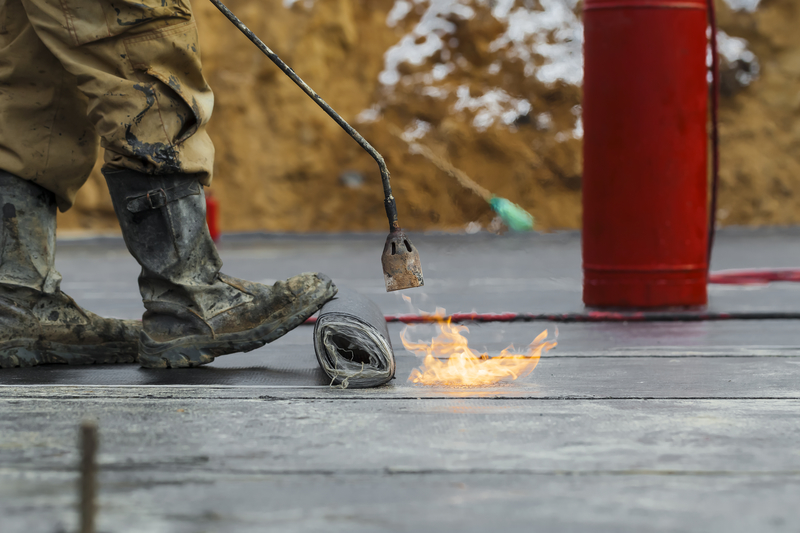
The main component in cementitious waterproofing is cement. It is a mixture of cement and acrylic materials that provide the waterproofing characteristics. It provides a good cementitious bonding that can last for long. There are cementitious products that are readily mixed for use from the manufacturing company. Cementitious waterproofing is easy to mix and to apply on surfaces. It requires a brush or a trowel for application. This membrane protects a surface from water attacks, but it does not stretch since it is made of cement. It provides a 100% waterproof guarantee to a surface.
Application of Cementitious Waterproofing
This membrane is applied in two phases. The first phase is the application of the manufacturer’s products and the second phase is applying the cement mixture. In case the two coats are not enough, a professional might recommend a third coat application. This provides additional protection to your concrete surfaces. The application process involves three main application process.
It can be applied by the use of a trowel. A trowel helps to spread the cementitious mixture on the surface. It ensures that a uniform thickness of the membrane is maintained throughout the application. A spray tool can also be used because it is a semi-fluid mixture. This method is highly used because it is easy and takes a shorter time as compared to the use of a trowel. Spraying method helps in achieving a uniform coating on the targeted area. The third method is the use of a brush. A brush is also easier and quicker to use than a trowel. It provides a uniform coat on the surface and is efficient. Different surfaces would require different methods of application. Our professionals will be able to choose the best method to use to achieve a seamless cementitious waterproofing.
Advantages of Cementitious Waterproofing
Cementitious mixture is easy to use:
It does not require special skills to learn how to use the cementitious mixture. The most important thing is to know the exact ratio to be mixed for an effective membrane.
It is easy to apply
It is easy to apply this membrane because of it is not very technical. If you have a trowel, a brush or a spray you are good to go.
Cementitious products are available
The products needed for mixing cement and sand are readily available at local stores.
It is flexible
A paint can be applied on top of a cementitious membrane. This is for enhancing the exterior look of your house. Before applying the paint, ensure that the membrane has dried up.
It is cost effective
Cementitious membrane is not expensive. It can save you money for a quick fixing.
It is efficient
It is effective because it is highly resistant to abrasion and corrosion. It also withstands extreme climatic conditions.
It can be applied on both negative and positive side of waterproofing
It is flexible. Therefore it can be applied on both sides of a building.
Places to apply Cementitious Waterproofing
- In storage tanks and waste water tanks
- In swimming pools
- In foundation and basement walls
- Garage
- Concrete roofs
- Dams
- Railways
- At the sewage systems
- At the parking spaces
- In the construction of bridges
- In the construction of tunnels
- At the water treatment plants
Limitations of Cementitious Waterproofing
- Since its main component is cement and sand, it is faced with a similar challenge like concrete. It is vulnerable to cracking. Since it does not expand, the membrane can crack if exposed to extreme temperature changes.
- It does not provide long term waterproofing solution. It will need you to install other stronger waterproofing membrane. It provides a short-term solution to water leaking problem.
- It requires initial preparation for mixing the right amount of the main components. Also, the surface needs to be cleaned before starting to apply. This makes the process a little bit longer.
- It is difficult for the cementitious membrane to provide a durable protection. It requires an additional materials or membrane to improve its strength.
- The cementitious membrane is permeable therefore it can allow penetration of water. With time it can lead to the formation of molds.
Each method has its limitations and benefits. Contact us today and receive professional advice on which membrane to install.
HDB Registered Contractor
License Number: HB-09-5474D
